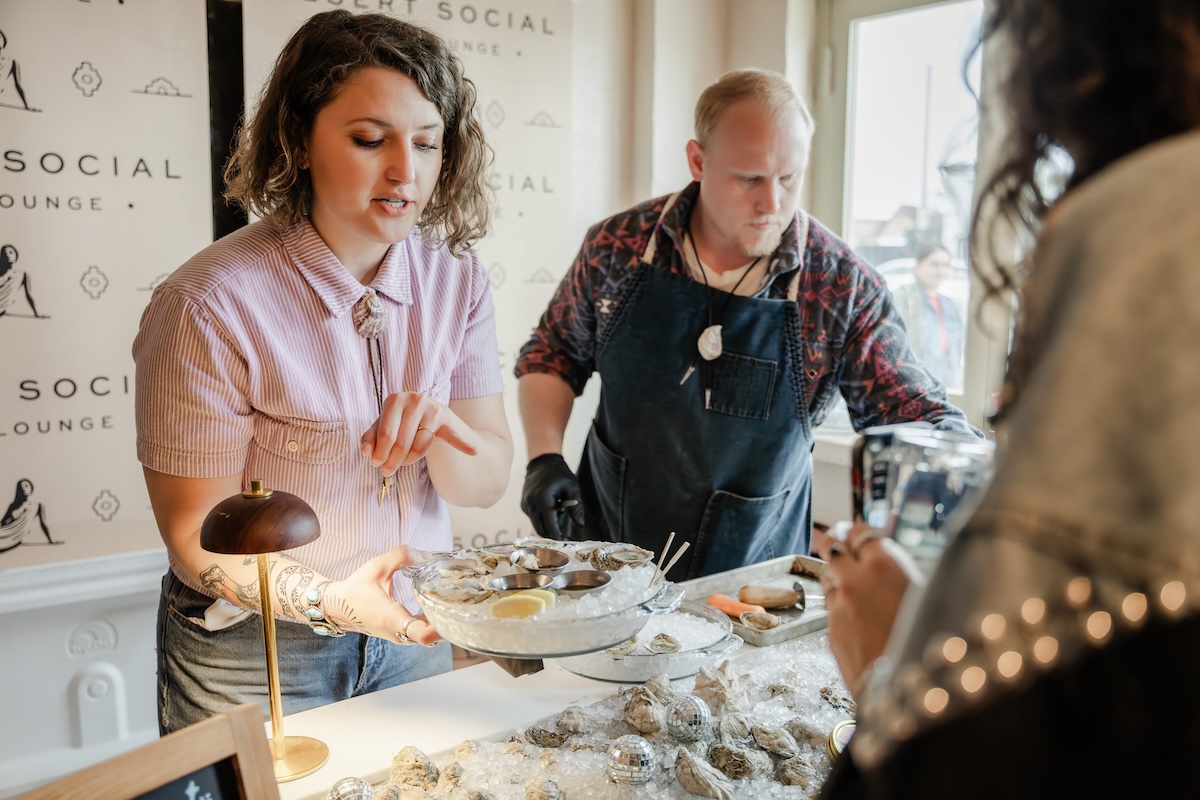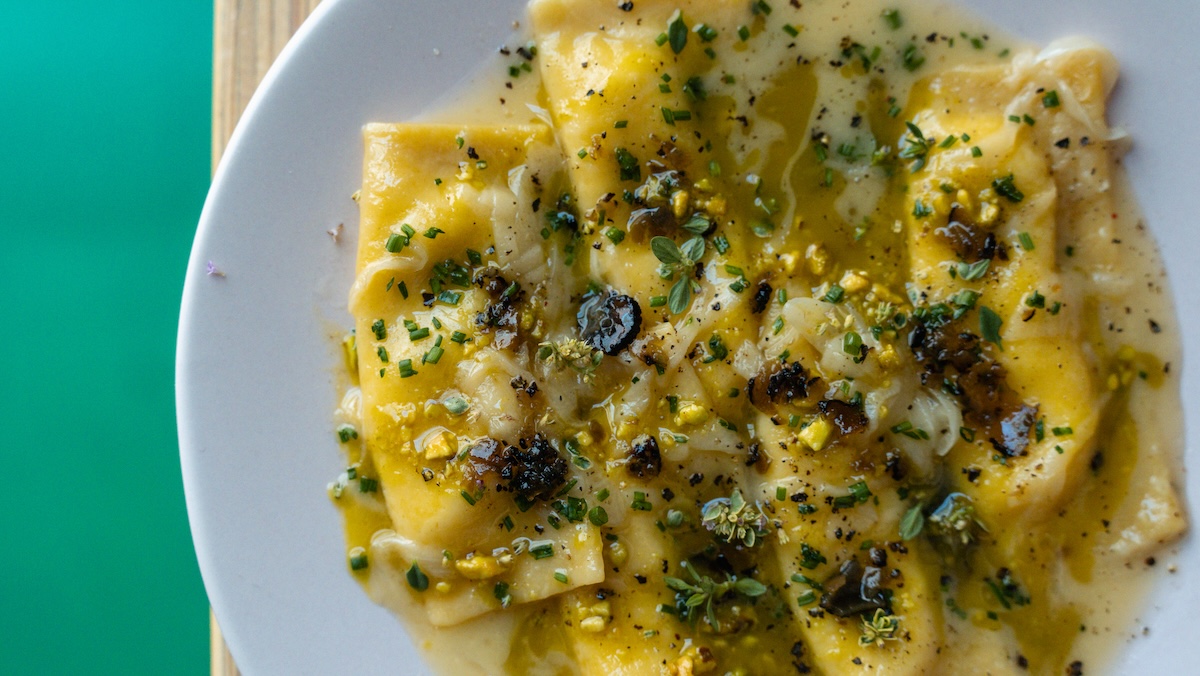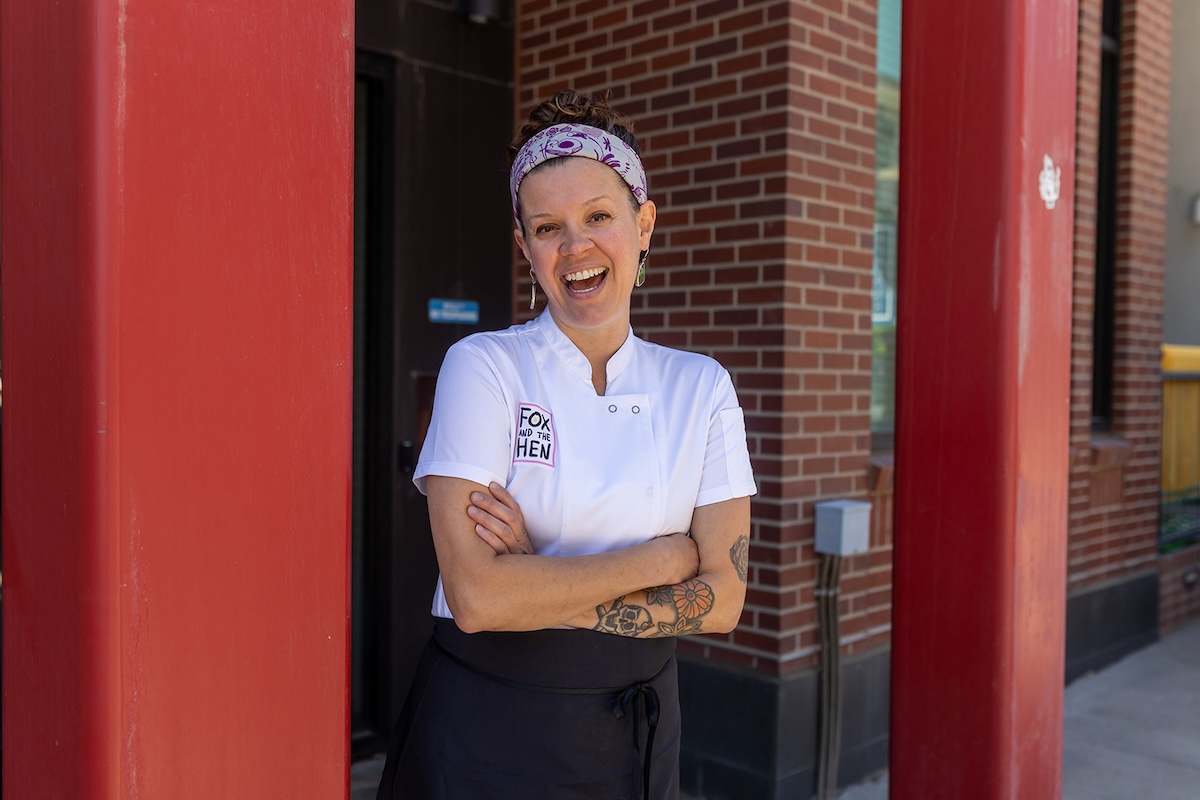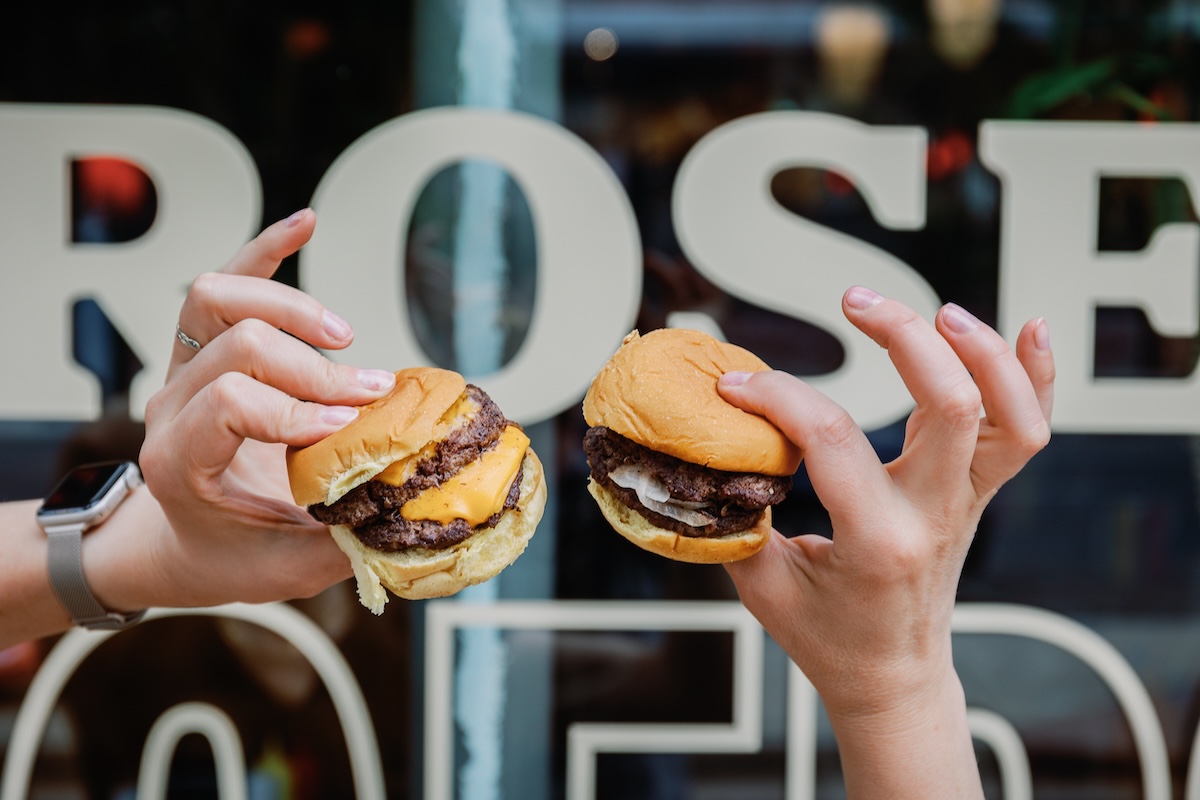Denver’s food pop-up scene has exploded in recent years. If it feels like these temporary culinary experiences are everywhere, it’s because they are.
Between May 2023 to April 2024, the number of pop-ups grew by 155-percent compared to the previous year, according to data from Yelp.
Elusive concepts attract huge crowds for a chance at a fleeting taste. For example, Sandoitchi (a traveling Japanese sandwich pop-up), Monarch (a pizza pop-up by Somebody People’s executive chef Justin Freeman), and Little Arthur’s, chef AJ Shreffler’s wildly popular hoagie pop-up now turned brick-and-mortar. It’s that very fleeting nature which sparks the allure and adds to the exclusivity of the event. You’re either in-the-know or you’re not.
“Pop-ups are an opportunity to do something unique with your friends and break up the monotony of routine,” said Juan Padro, CEO and co-founder of The Culinary Creative Group. The Denver-based restaurant group has hosted a number of pop-ups inside of its eateries, often to showcase a new concept coming in.

For example, the Chef Stefy & Friends event at Bar Dough, which celebrated the pizza joint’s new executive chef Stefy DeVita with a five-course dinner. There was also the Magna Kainan event inside Fox and The Hen, which promoted the opening of the Filipino restaurant’s permanent location in RiNo. And for Fox and The Hen, when chef Carrie Baird was opening it, pop-ups at A5 Steakhouse for it sold out in hours.
“We usually sell out, but it’s not about squeezing out the most profit, it’s about letting people have a night that would typically be aspirational,” added Padro. “Like a splurge night.”
These ephemeral experiences aren’t necessarily cheap for the consumers dining at them or the chefs hosting them. So, why are so many people flocking to pop-ups, and what does it take to pull one off?
The Purpose Of a Pop-Up
The rising cost of owning and operating a restaurant continues to act as a barrier to entry for new and established entrepreneurs alike. One thing the pop-ups offer is a way to road test a concept before going all in.

“As restaurateurs and chefs, we’re always coming up with new ideas, but between planning reviews, permits, and high real estate and construction costs, opening and staffing a restaurant in Denver has become increasingly difficult,” explained Joshua Pollack, founder and owner of Bridge and Tunnel Hospitality Group (Rosenberg’s, Famous J’s, Lou’s Italian).
Pollack launched his first pop-up inside his Rosenberg’s Bagels Five Points location. Dubbed Rosenburgers, he served late night White Castle-esque sliders. Now, he’s planning to start a new taco pop-up in the deli this winter. Pollack plans to bring back Rosenburgers next summer and may eventually open a separate storefront for the burger joint.
Similarly, chef Cheyenne Langis (formerly Tavernetta, Jovanina’s, Beckon, Major Tom) is using her Italian small plate pop-up Stuzzi as the launch pad for what she hopes will one day be a full service restaurant.
“Having a brick-and-mortar is the main goal, but sooner than that, I would love to find a residency to pop up at, whether that be weekly, biweekly or monthly,” expressed Langis, who also currently works at Roberta’s Pizza.

But not all pop-ups want to grow up to become standalone restaurants. For Martha Boff, a dietician and owner of mobile raw bar Oyster Bae, her pop-up business started almost on accident after a video of her shucking an oyster on a ski lift went viral.
“The video went viral on my [Send It Sports Nutrition] page, where I post about performance nutrition for skiers and snowboarders,” she recalled. To keep her oyster and sports nutrition audiences separate, she decided to launch her Oyster Bae pages. That’s when the event requests started pouring in.
“The more content I created, the more inquiries I would get to do pop-ups,” said Boff. Today, Boff utilizes pop-ups as a brand exposure tool for her private catering business, which she hopes to grow.

Putting On A Show
From knowing how much product to order to personally decorating each space, these flash foodie stints aren’t simple to pull off, and they’re far from cheap.
“You invest your capital and time into these events and hope for a return,” said Padro. “If your goal is to make a profit but you don’t cost it properly or source the right products, you can end up very upset.”
Boff has experienced firsthand the challenges of coordinating logistics for a pop-up.
“For my first event, I ordered 400 oysters, which was way too many,” she shared. “Now, I typically order around 200, and they usually sell out. But if I don’t, Max Gill and Grill (Oyster Bae’s commissary kitchen) often buys any extras from me.”

Creating the right mood in a temporary space is another obstacle. Langis, who personally funds everything from the staging and decor to the ingredients served at her events, seeks to immerse attendees in the warm and lively atmosphere of Italy’s culinary scene. And doing so takes a lot of effort.
“I create a menu based off of location, season, and what I’m trying to show off next.” she expressed. “I also think about how to curate the vibe [with things like] vintage china floral plates that I purchased, the right playlist and live music, lighting, all the aesthetics, etc.”
Ultimately, pop-up patrons want to be entertained. They’re looking for a 360-degree experience from the food to the setting to the ambiance.
Get It While Its Hot
The appeal of a pop-up is rooted in exclusivity and the allure of an experience you can’t easily replicate. These events are one-time only, or perhaps a limited series, which injects an element of urgency.

“I believe the draw of the pop-ups is the curiosity of the unknown,” Langis hypothesized.
Drawing in a crowd also requires knowing how to convey the electric feel and excitement of these temporary foodie events to target audiences. That’s where social media comes into play.
Langis, for example, used professional food photographer Jeff Fierberg for all her photos to capture Stuzzi’s essence for her Instagram followers.
Boff relies heavily on social media as well, posting snapshots of food, venue setups, and event recaps to entice potential attendees.
“I found I had a knack for making content and I enjoy doing it,” she shared. “I love video editing so it’s not a chore for me.”

Pop-ups burn bight and die fast. The temporary nature attracts diners who are eager to try something new, and allow chefs to take risks and experiment. So long as costs remain high at brick-and-mortar restaurants, and consumers’ appetite for fresh and exciting experiences remains strong, the scene will continue to thrive. And to be part of it, keep an eye on social media.
“We’ve got an incredible marketing team that’s great at driving people to these events and telling the story behind them to get people excited,” Padro added. “The pop ups we’ve done have delivered exceptional experiences you wouldn’t normally see in Denver.”
